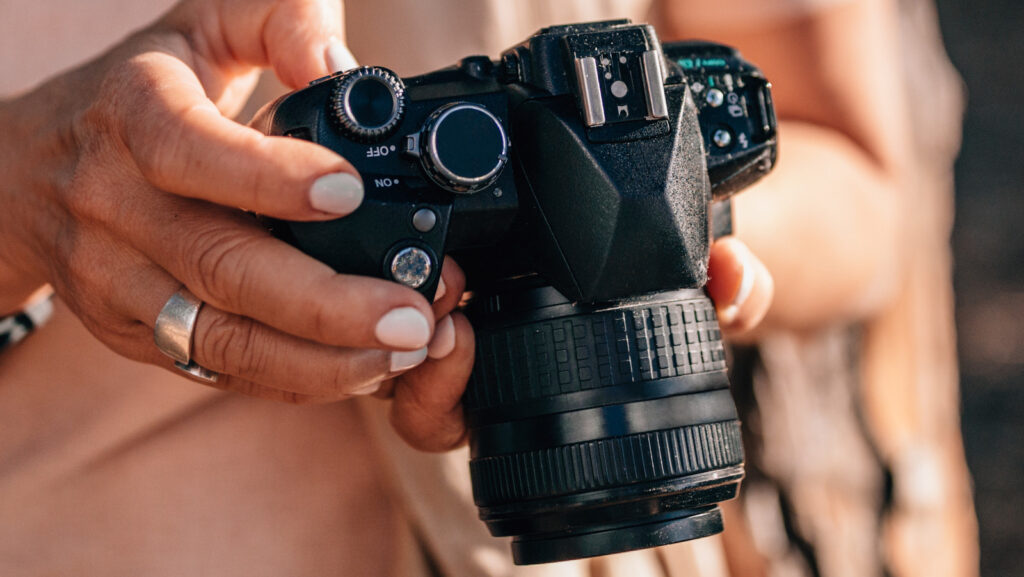When it comes to capturing stunning photography, high image quality is a fundamental aspect that cannot be compromised. With factors like a high-resolution sensor and low-light performance, image quality plays a crucial role in ensuring that your photos are clear, detailed, and vibrant, even in challenging lighting conditions. Whether you’re capturing breathtaking landscapes or expressive portraits, the ability to produce high-quality images is essential. Alongside image quality, lens compatibility is another important consideration. The versatility in lens selection allows you to choose the best lens for each situation, expanding your creative options and enabling you to capture macro shots, distant telephoto scenes, or wide-angle vistas. Additionally, advanced features and controls, such as manual controls, customizable buttons, and versatile shooting modes, give you fine-tuned control and creative experimentation, allowing you to capture long-exposure starry shots or dynamic time-lapse sequences. Furthermore, camera build quality and durability are crucial for outdoor enthusiasts engaging in activities like hiking and snowboarding. A rugged construction and weather-sealing ensure that your camera can withstand environmental challenges, making it perfect for documenting hiking adventures or capturing the excitement of snowboarding. Lastly, video capabilities, such as 4K recording and advanced features, enable high-quality videography alongside photography, allowing you to convey stories with exceptional clarity and detail through moving images. Taking all these factors into account, this article provides a detailed breakdown of considerations when choosing a high-end DSLR camera that aligns with your hobbies and preferences.
Image Quality
Description
Image quality refers to the overall clarity, sharpness, and detail captured by a camera. It is influenced by factors such as the camera’s sensor size, resolution, and low-light performance. A high-resolution sensor allows for capturing more details in the image, while a camera with good low-light performance can produce clear and vibrant photos even in challenging lighting conditions.
Why It Matters
The image quality of a camera plays a crucial role in photography as it determines the overall impact and visual appeal of your photos. Whether you are capturing breathtaking landscapes or expressive portraits, high image quality ensures that every detail is captured accurately, resulting in stunning images that stand out.
When you have a camera that excels in image quality, you can push the boundaries of your creativity and capture moments with utmost clarity and vibrancy. It allows you to print large-format images without compromising on the overall quality, preserving every detail and enhancing the impact of your work.
Examples of Usage
Imagine standing in front of a majestic mountain range, ready to capture its grandeur. With a high-end DSLR camera that delivers exceptional image quality, you can showcase the intricate details of the mountains, from the rugged peaks to the delicate textures of the snow. Every nuance and color variation will be rendered beautifully, resulting in a photograph that transports viewers to the stunning location.
Similarly, when capturing expressive portraits, image quality becomes paramount. A camera with high image quality will faithfully reproduce the subject’s features, allowing you to capture every emotion and expression in stunning detail. From the sparkle in their eyes to the subtlest facial lines, the image quality will ensure that the essence of the moment is preserved, creating a lasting and impactful image.
In summary, image quality matters because it directly affects the final outcome of your photographs. It ensures that your images are clear, detailed, and vibrant, enabling you to capture moments and scenes exactly as you envision them.
